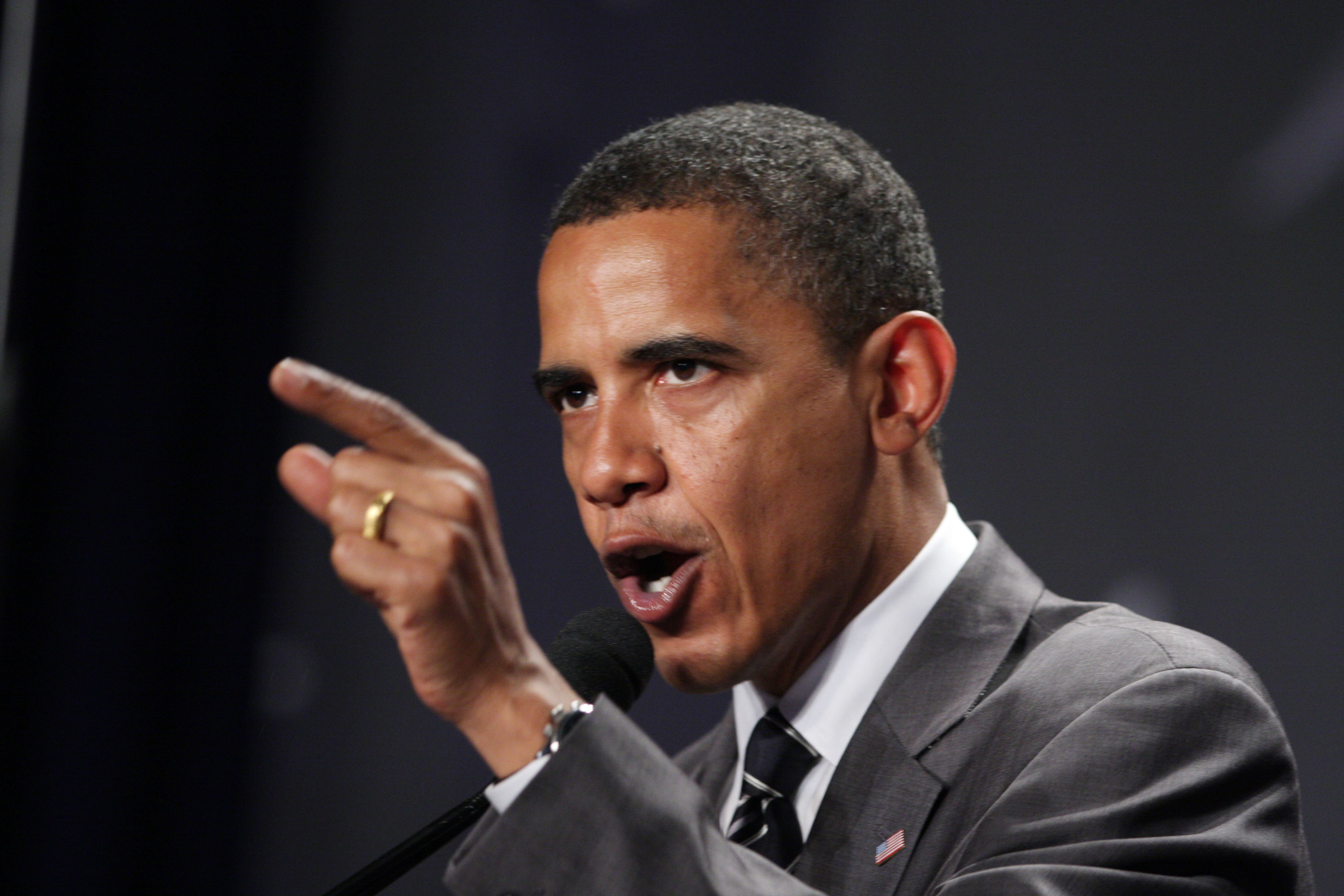By Ryan DeOrdio
Staff Writer
Two unpopular wars are ending. The world’s top terrorist has been eliminated. Unemployment has been declining. Taxes haven’t been this low since 1950, according to a Feb. 8, 2011 US News report.
With domestic and foreign policy accomplishments, President Obama’s record is great. But many people are still disappointed.
Obama’s presidency shouldn’t provoke “What have you done for me lately?” but “What more can you ask for?”
In 2008, Obama had strong support from young Americans, and the president returned the favor. Obama has doubled Pell Grant funding, according to a Sept. 11 Politifact.com fact check. Conversely, Republican vice presidential candidate Paul Ryan’s budget revokes more than 1 million students Pell Grant eligibility, according to a Sept. 5 US News article. Republican presidential candidate Mitt Romney endorsed Ryan’s budget, according to a March 20 Politico article.
President Obama signed an executive order reducing a college graduate’s student loan payments from 15 percent to 10 percent of their income, and forgives student debt after 20 years, according to an Oct. 26, 2011 The Atlantic article.
Thanks to the Affordable Care Act, or “Obamacare,” parents’ health insurance covers their children until they’re 26, according to June 28 Huffington Post article. This gives students time after graduation to get a job with insurance. Romney’s plan doesn’t guarantee this, according to an Oct. 23 myhealthnewsdaily.com article.
Obama’s other signature legislation, the 2009 stimulus, gives a maximum $2,500 tax credit per student for individuals earning less than $80,000 a year or couples earning less than $160,000, according to the IRS. This gives more money to students’ parents, ultimately making it easier for families to invest in education.
Obama’s 2008 campaign and his re-election campaign focused on strengthening the middle class. He’s done exactly that, cutting taxes for 95 percent of working families by $400 for individuals and $800 for couples, according to a Sept. 7 PolitiFact report. The tax cut gave people more spending money, ultimately improving the economy and boosting corporate profits to an all-time high, according to 2012 St. Louis Federal Reserve research.
Corporations aren’t the only business beneficiaries from the president’s policies. Under President Obama, small business taxes were cut 18 times, according to a Sept. 24 CNNMoney article.
Likewise, the unemployment rate steadily declined since the stimulus, with only 7 months from Jan. 2010 to Oct. 2012 having a maximum increase of .3 percent unemployment, according to the Bureau of Labor Statistics. The stimulus created 1 million to 2.9 million jobs, according to the nonpartisan Congressional Budget Office (CBO).
Romney says he’d create 12 million jobs as president. However, 12 million jobs will be created regardless of whose president, according to an Oct. 16 Washington Post fact check.
On taxes and spending, Romney’s plan doesn’t add up either. Romney would cut taxes by $5 trillion, offsetting cuts by ending tax loopholes, according to an Oct. 4 Politifact.com fact check. Even if Romney accomplishes the unlikely task of eliminating $5 trillion of loopholes, he plans to increase the military budget to $2.1 trillion over ten years, according to an Oct. 23 Huffington Post article. His plans to cut spending by $500 billion by 2016, according to his campaign site, far from offset his defense spending.
In the presidential foreign policy debate, both candidates showed a willingness to go to war with Iran if absolutely necessary. A President Romney would repeat President Bush’s mistakes of cutting taxes while waging war. Drastically decreasing the government’s intake while increasing spending doesn’t make sense.
A plurality, 38 percent, of President Obama’s promises have been kept. Cumulatively, 74 percent of President Obama’s promises were kept, compromised on or in progress, with 9 percent stalled, according to Politifact.com. Obama’s kept his word, and a second term means more successes.







